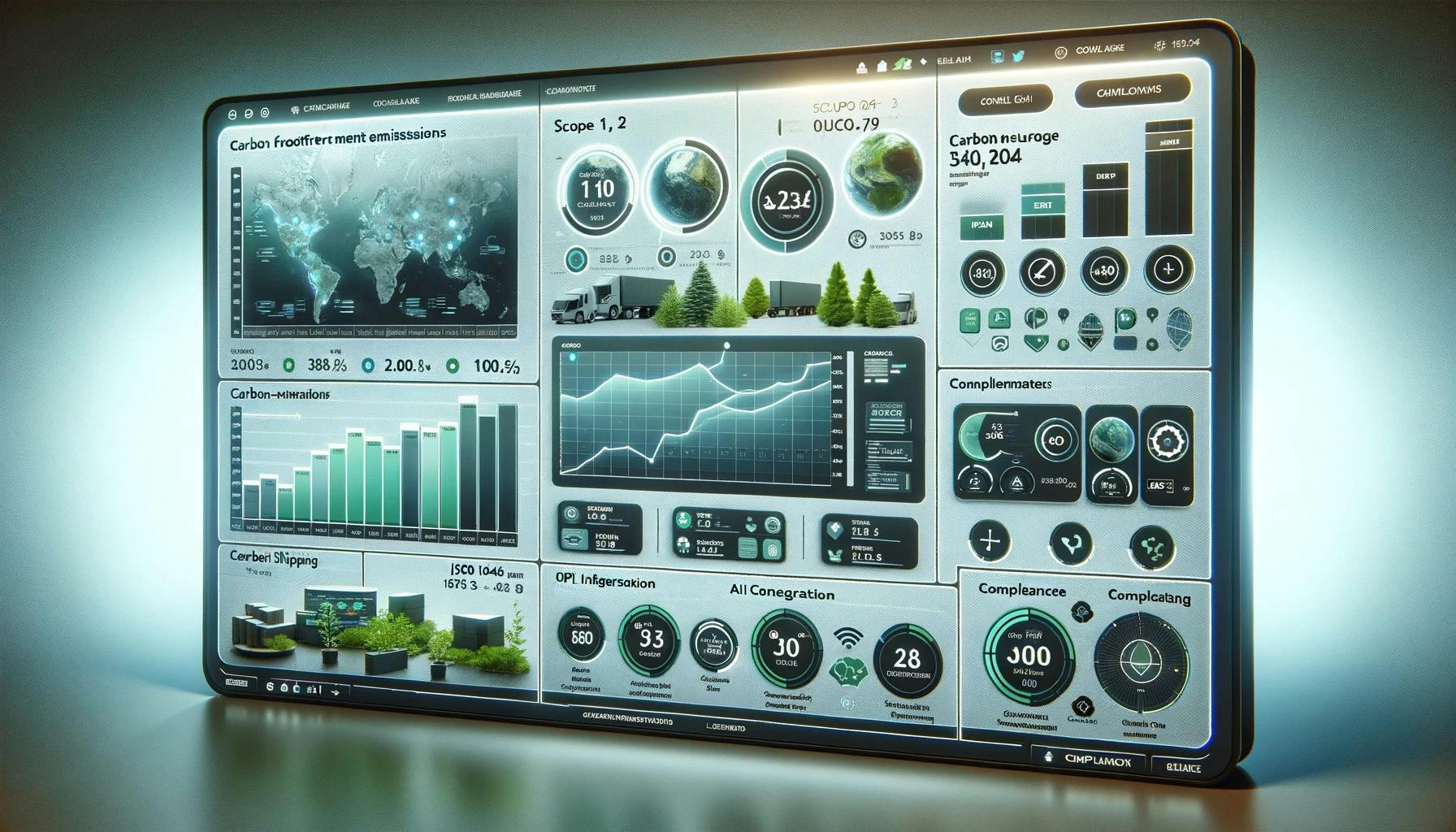
Project Overview
Developed and implemented a comprehensive digital carbon footprint management system for e-commerce company, enabling accurate tracking and offsetting of emissions from over 600 products and logistics operations. This initiative significantly contributed to the company's goal of achieving carbon neutrality by 2030.
Skills & Technologies
API-First ApproachCradle-to-GateDigital Carbon Footprint ManagementGHG Protocol Product StandardGreenhouse Gas (GHG)ISO 14044ISO 14067Product Carbon Footprint (PCF)
Industry
securityecommerce
Timeline
November 2022 - May 2023